When you’re eating something delicious, your brain is probably focused on your senses -- is the cheese stinky? Sharp? Gooey? Does it pair well with the rosemary cracker you’ve put it on or the red wine you’re sipping? The farthest thing from your mind is likely the etymology behind the delectable thing you’re consuming. But many foods -- especially cheese, in particular -- are actually named for places around the world. Some are obvious (Peking duck, danishes, Belgian waffles, Canadian bacon, etc.), but some are quite surprising. Here are nine unexpected foods named after places.
1. Bisque
Courtesy of Flickr/Geoff Peters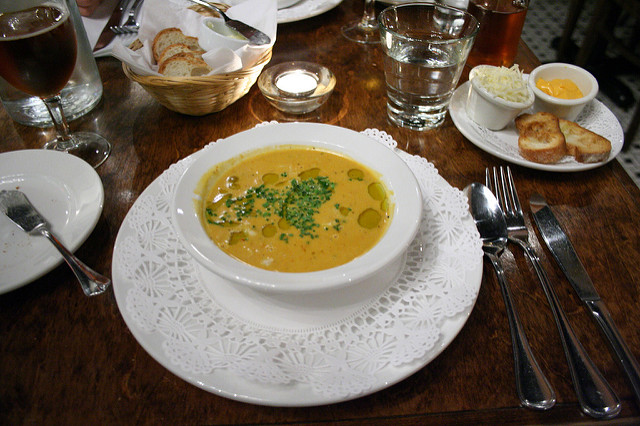
Legend has it that this creamy soup typically made of crustaceans is, appropriately, named after a body of water — the Bay of Biscay, between France and Spain. It also might be derived from the French phrase “bis cuites” or “twice cooked,” as the crustaceans are first sautéed, then simmered.
Consider staying in Bilbao, which is located on the Bay of Biscay:
2. Cheddar
Courtesy of Flickr/Robert Couse-Baker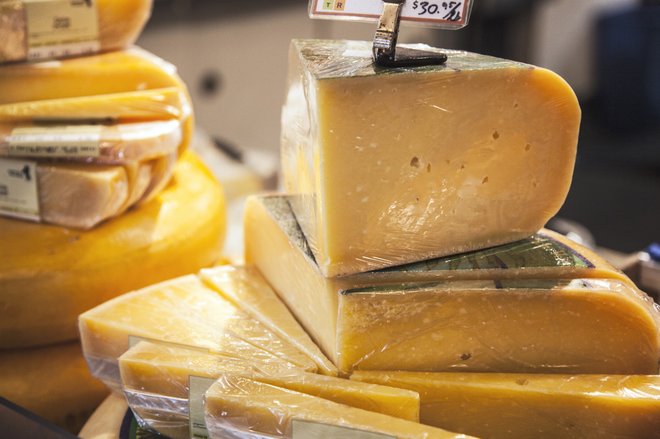
As we mentioned, different cheeses are often named after the town they’re produced in, which makes sense for some of the heavy hitters like Gruyère (in Switzerland), Gouda (in the Netherlands), and Camembert (in France). For some reason, we never expected Cheddar to be a town, but it is. You can find it in Somerset County, England.
Consider staying in Bath (less than an hour’s drive from Cheddar):
3. Fuji Apple
Courtesy of Flickr/Chris Gladis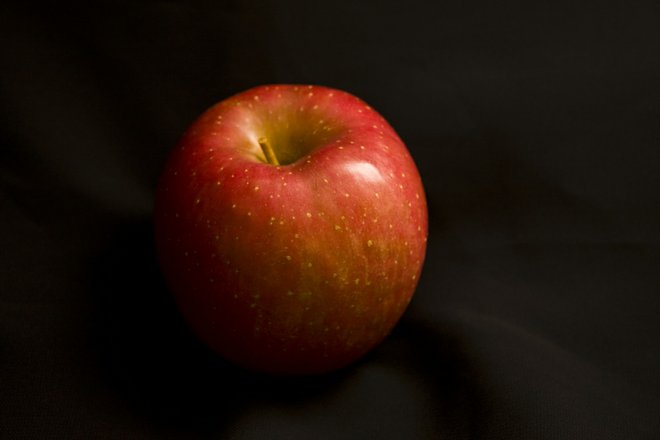
No, these apples are not named after Mount Fuji, but they are named after a Japanese town — Fujisaki in the Aomori prefecture, some 500 miles north of the famous volcano. This specific apple is a hybrid of Red Delicious and Virginia Ralls Genet, engineered at the Tohoku Research Station in the 1930s.
Where to Stay Nearby:
4. Mayonnaise
Courtesy of Flickr/jules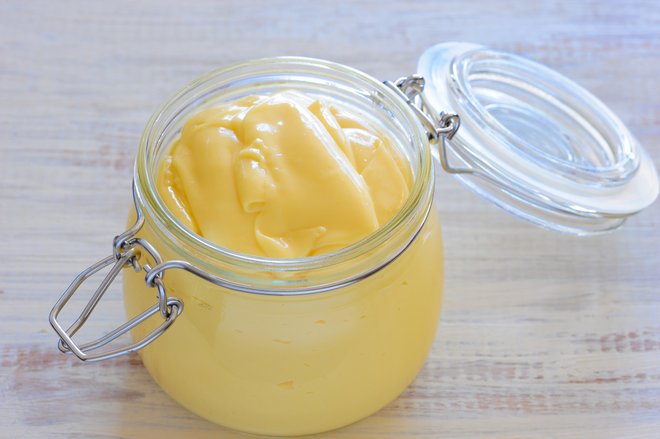
There are several theories as to which destination lent its name to this popular condiment. One has mayonnaise originating in the Spanish town of Mahón, where it was called “salsa mayonesa” before being brought to France, where it adopted its current name. Another theory says that the name came about because Charles de Lorraine, duke of Mayenne (a region in France), ate it with his dinner before losing the Battle of Arques.
Where to Stay in Mahón:
5. Bialy
https://www.instagram.com/p/BRGEkkuguib/
The cousin to the bagel, a Bialy is a round roll that is simply baked (not boiled and baked, like bagels) and has an indent instead of a hole in the center. It is named after the Polish town of Białystok, though interestingly, the food is not called a bialy there, but a “cebularz.”
Consider staying in Warsaw (a two-hour train ride from Białystok):
6. Seltzer Water
Courtesy of Flickr/Quinn Dombrowski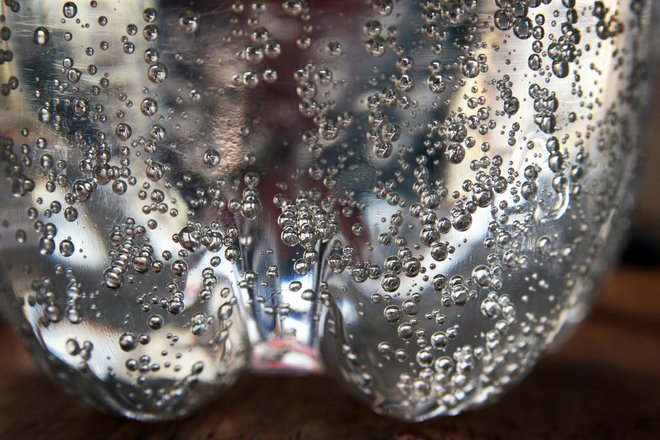
Yes, we know this is not a food, but it still merits a spot on this list. Here’s the deal — there are two main types of carbonated water, and they are club soda and seltzer. Club soda typically has sodium added to it, while seltzer is usually just water and carbon dioxide. The latter is named after the German town of Selters, which has been bottling water from its naturally carbonated mineral springs and selling it since the 1700s.
Consider staying in Frankfurt (an hour’s drive from Selters):
7. Cantaloupe
Courtesy of Flickr/Kabsik Park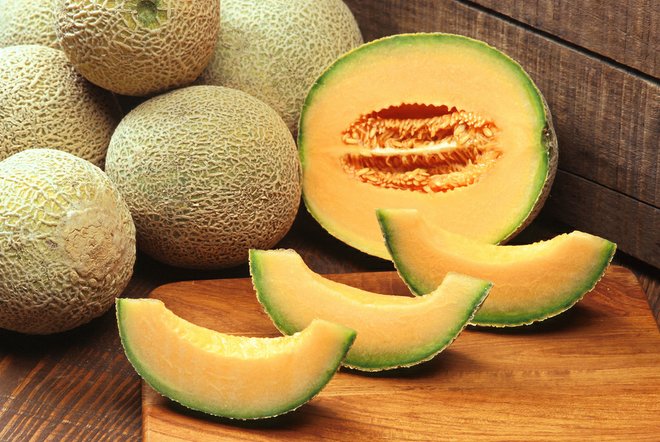
Though the orange melon likely originated in warm regions from Africa to Asia, it got its name from the town of Cantalupo in Sabina in Italy, where it was very popular.
Consider staying in Rome (an hour’s drive from Cantalupo in Sabina):
8. Cayenne Pepper
Courtesy of Flickr/James Diedrick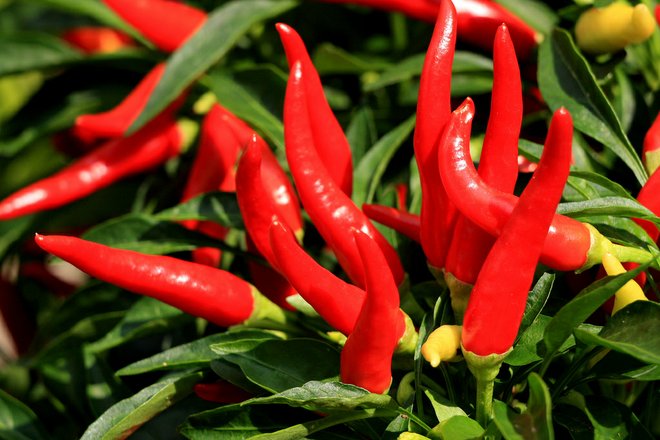
Many chili peppers, like cheeses, are named after locations where they hail from. In this case, Cayenne peppers come from Cayenne, the capital of French Guiana. Other famous peppers pegged to destinations? The habanero, coming from Havana, Cuba, and the jalapeño, coming from the Mexican city Xalapa.
9. Fig Newtons
https://www.instagram.com/p/BJRfZC2AgZT/
While bakers had been making fig rolls by hand for years, the Fig Newton as we know it was not produced until 1891, when baker Charles Rosen invented and patented a machine to fill dough with fig paste. The Massachusetts-based Kennedy Baking Company (which eventually merged with the New York Biscuit company to form Nabisco) purchased the recipe and named its product Newtons after Newton, Massachusetts, and not Sir Isaac, as we assumed as kids. As it turns out, Kennedy Baking Company was known to name its products after local municipalities.
Where to Stay in Newton:
You’ll Also Like:
- The One Must-Try Food in Every U.S. State
- 7 Foreign Foods That Just Might Be Better Than the Original
- How to Find the Best Restaurants in a New City, According to Top Chefs and Foodies
All products are independently selected by our writers and editors. If you buy something through our links, Oyster may earn an affiliate commission.



